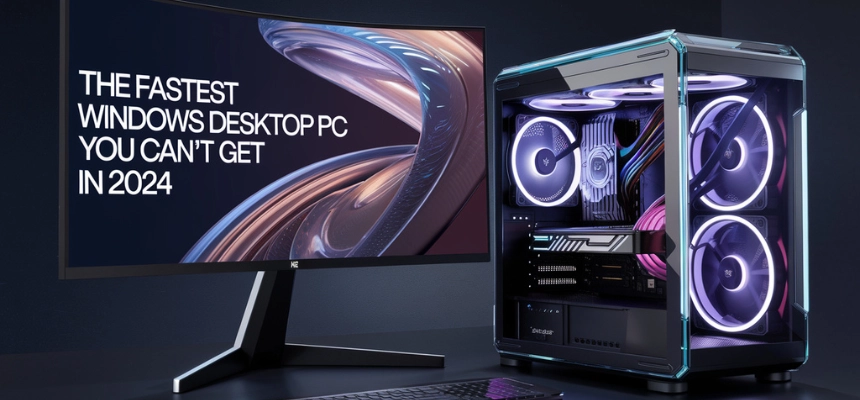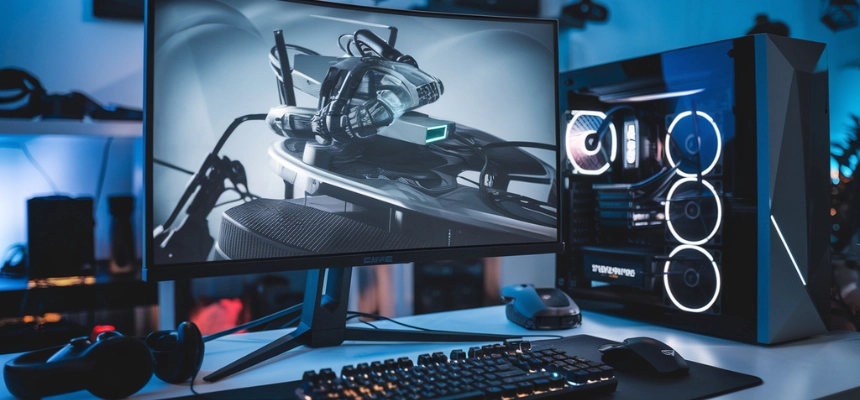High-Definition Multimedia Interface (HDMI) has become the standard for connecting audiovisual equipment to modern displays.
With the introduction of HDMI 2.1, many are wondering how it differs from its predecessor HDMI 2.0.
This article will explore the differences between HDMI 2.0 and 2.1, and how these differences impact your audiovisual experience.
HDMI 2.0
HDMI 2.0 was introduced in 2013 and has since become a standard feature in many home entertainment systems. It offers several features that improve the overall viewing experience, including:
- Increased bandwidth: HDMI 2.0 offers a higher bandwidth of 18 Gbps, compared to 10.2 Gbps in HDMI 1.4. This increased bandwidth allows for higher frame rates and better resolution, making it ideal for viewing high-quality 4K and even 8K content.
- 4K resolution: HDMI 2.0 supports 4K resolution at 60 frames per second (fps), allowing for smoother and more lifelike images. This is a significant improvement over HDMI 1.4, which only supported 4K resolution at 30 fps.
FURTHER READING:
HDMI 1.4 vs 2.0: Understanding the Differences
- High Dynamic Range (HDR) support: HDMI 2.0 also supports HDR, which enhances the contrast and color of images, resulting in more vivid and realistic pictures.
- Audio features: HDMI 2.0 supports up to 32 audio channels, providing more immersive and detailed sound quality. It also supports Dolby TrueHD and DTS-HD Master Audio, which are high-quality audio formats used in many movies and TV shows.
While HDMI 2.0 offers several benefits, there are some limitations to consider:
- No dynamic HDR: Unlike HDMI 2.1, HDMI 2.0 does not support dynamic HDR, which adjusts the HDR settings on a frame-by-frame basis. This can result in less precise color accuracy and contrast in some scenes.
- Limited gaming features: HDMI 2.0 supports a maximum refresh rate of 60Hz, which can be limiting for gamers looking for higher refresh rates. It also lacks features like Variable Refresh Rate (VRR) and Auto Low Latency Mode (ALLM), which are designed to improve the gaming experience.
- Cable compatibility: HDMI 2.0 cables are not compatible with HDMI 1.4 or older versions, which can be a consideration if you have older devices that use those standards.
Despite these limitations, HDMI 2.0 remains a popular and reliable choice for many home entertainment systems. Its 4K resolution and HDR support, combined with its high bandwidth and audio features, make it an excellent choice for viewing high-quality content. However, if you’re looking for even more advanced features, you may want to consider HDMI 2.1, which we will explore in the next chapter.
HDMI 2.1
HDMI 2.1 is the latest version of HDMI technology, introduced in 2017. It offers several significant improvements over its predecessor, HDMI 2.0, including:
- Higher bandwidth: HDMI 2.1 offers a massive bandwidth of 48 Gbps, which is more than double the bandwidth of HDMI 2.0. This increased bandwidth allows for even higher resolutions, including 8K at 60 fps and 4K at 120 fps.
- Dynamic HDR: Unlike HDMI 2.0, HDMI 2.1 supports dynamic HDR, which adjusts the HDR settings on a frame-by-frame basis. This results in more precise color accuracy and contrast, creating a more lifelike and immersive viewing experience.
- Enhanced gaming features: HDMI 2.1 offers several gaming-specific features, including Variable Refresh Rate (VRR) and Auto Low Latency Mode (ALLM). These features help to reduce input lag and ensure smooth and responsive gameplay.
- Audio features: Like HDMI 2.0, HDMI 2.1 supports up to 32 audio channels and high-quality audio formats like Dolby Atmos and DTS: X. It also includes an Enhanced Audio Return Channel (eARC), which allows for high-quality audio transmission from the TV to a soundbar or home theater system.
While HDMI 2.1 offers many improvements, there are still some limitations to consider:
- Limited device compatibility: As a newer technology, HDMI 2.1 is not yet supported by all devices. It may require purchasing new devices that support the standard.
- Limited cable availability: HDMI 2.1 cables are still relatively new and may be challenging to find, especially in longer lengths.
- Cost: HDMI 2.1 devices and cables may be more expensive than their HDMI 2.0 counterparts, which can be a consideration for budget-conscious consumers.
Choosing Between HDMI 2.0 and 2.1
When choosing between HDMI 2.0 and 2.1, there are several factors to consider. Here are some key considerations:
- Compatibility: First and foremost, you’ll need to check whether your devices support HDMI 2.1. If you have older devices that only support HDMI 2.0, upgrading to HDMI 2.1 may not be worth the cost.
- Budget: HDMI 2.1 devices and cables can be more expensive than their HDMI 2.0 counterparts, so your budget may be a factor. If you’re on a tight budget, HDMI 2.0 may be the better choice.
- Resolution: If you’re planning on viewing content in 4K or 8K, HDMI 2.1 is the clear winner. Its higher bandwidth and dynamic HDR support make it ideal for viewing high-quality content.
- Gaming: If you’re a serious gamer, HDMI 2.1’s gaming-specific features like VRR and ALLM can significantly improve your gaming experience. However, if you’re not a gamer or only play occasionally, these features may not be necessary.
- Audio: Both HDMI 2.0 and 2.1 support high-quality audio formats like Dolby Atmos and DTS:X, but HDMI 2.1’s eARC offers improved audio transmission for home theater setups.
Conclusion
In conclusion, HDMI 2.1 offers several improvements over HDMI 2.0, including higher resolutions, refresh rates, and color depths, as well as Dynamic HDR. However, whether you need HDMI 2.1 really depends on your viewing habits and how you plan to use your home theater setup.
If you’re happy with your current setup and don’t plan on upgrading to an 8K TV anytime soon, HDMI 2.0 is more than adequate. But if you want to future-proof your setup and take advantage of the latest technologies, HDMI 2.1 is the way to go.



















